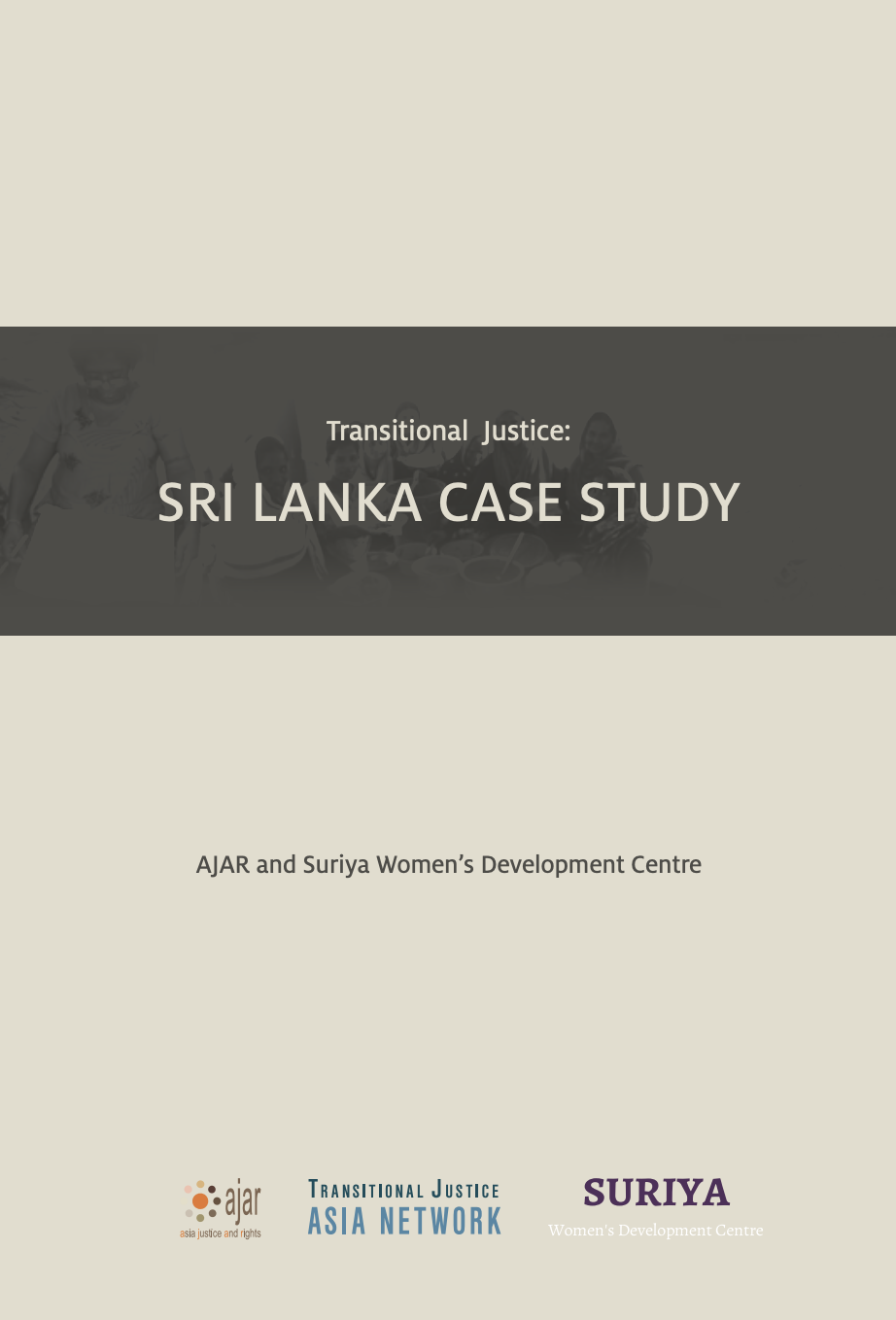Sri Lanka’s civil war, often framed by the state as a war on terror, ended in 2009 with the military defeat of the Liberation Tigers of Tamil Eelam (LTTE). However, conflict persists in other forms, primarily through the politics of ethnic identity, including majoritarian Sinhala Buddhist nationalism and its capture of the state; the denial of claims by Sri Lankan Tamils to political equality, dignity, and autonomy; and the institutionalised marginalisation of ethnoreligious minorities.
Sri Lanka’s ethnic conflict must be located within the systematic marginalisation of and organised violence against Sri Lankan Tamils, Tamils of Indian origin, Muslims, and other ethnoreligious minorities before and especially after independence. The political economy of the conflict, including the distribution of land, admission to university, and access to public jobs and other state resources, became particularly important after 1977 as economic reforms paved the way for a repressive and undemocratic state.
Domestic human rights and women’s rights organisations worked together to document violations and inform UN mechanisms and international human rights organisations. Support for victim-survivors continued discretely, including psychosocial services, livelihood interventions, protection, and aid for shelter, health and other needs of internally displaced persons. Civil society helped victim-survivors testify before new bodies such as the Lessons Learnt and Reconciliation Commission (2010) and the Presidential Commission on Missing Persons (2013).
While the security and surveillance apparatus was not fully dismantled, overt threats declined and the media presented a more balanced portrayal of human rights. Civil society and human rights activists were appointed to bodies such as the Constitutional Council, the Human Rights Commission, the Consultation Task Force on Reconciliation Mechanisms, and the Right to Information Commission. Access to government officials and institutions improved, with many human rights activists involved in drafting a National Human Rights Action Plan for 2017-2020. Cooperation with the state has challenged civil society to maintain a critical, principled distance in terms of its engagement. Funding remains a challenge for civil society initiatives, as does the need for new institutional forms that go beyond short-term political horizons to build broader and more long-term intersectional movements.
